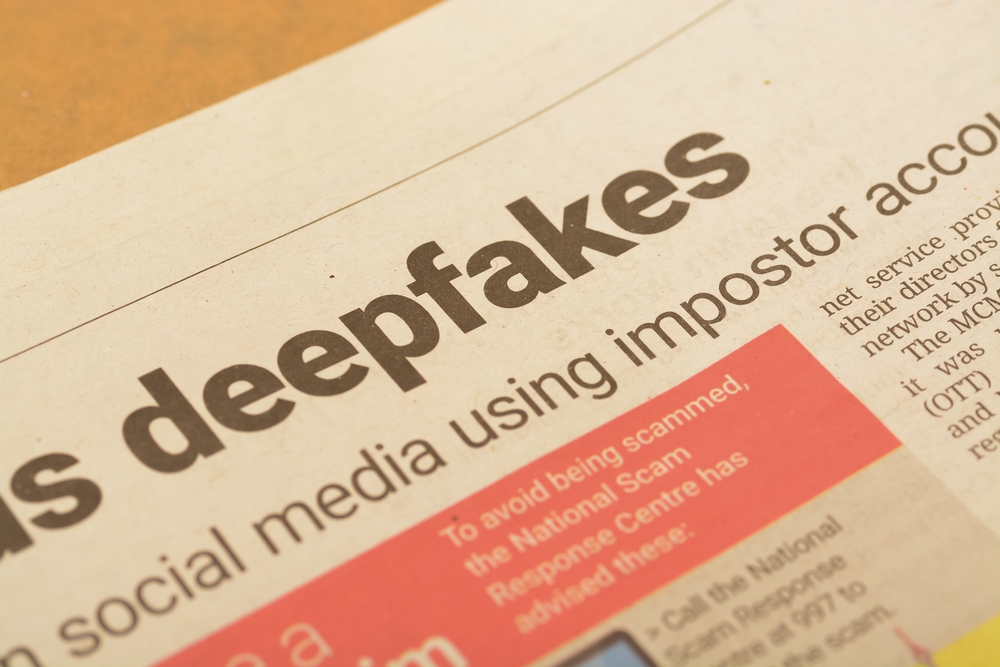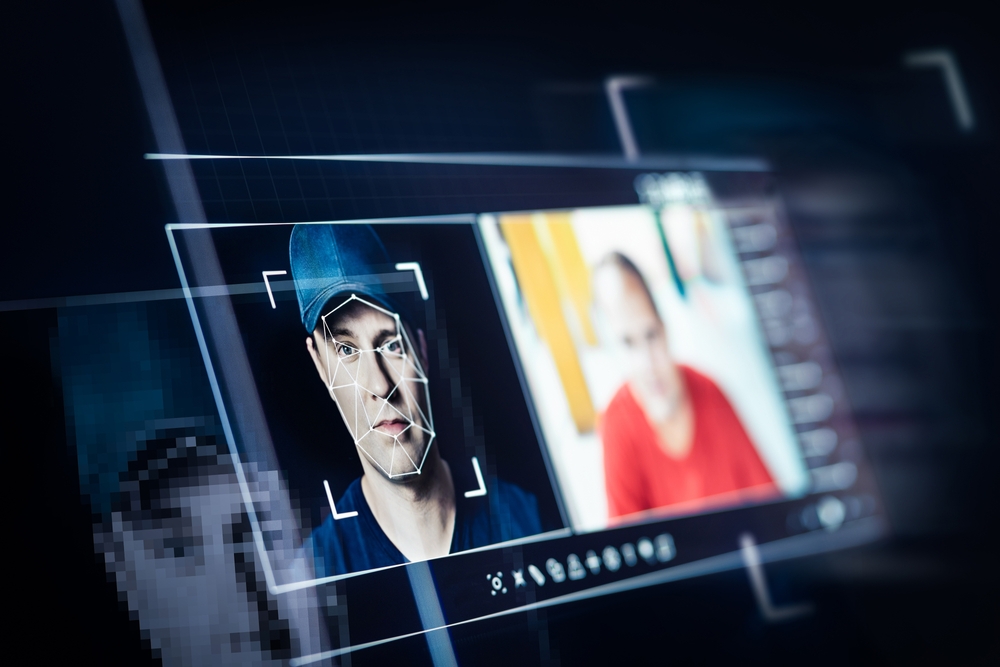Fighting Deepfakes — Similar Principles to Check Fraud Detection?
- Deepfake Technology has become a more and more formidable threat
- Advances in fake image generation tech - and easy availability - has become problematic
- Biometric scanning as part of multi-factor authentication may be the answer
Rembrandt AI, purveyor of state-of-the-art real-time analytics, takes a look at the rising threat of deepfake technology in the financial sector. Of particular interest is their analysis of the effects of rapidly advancing fake image generation technology, which plays a significant role in the context of deepfake technology and advanced AI tools, especially in the financial sector.
The advancement of deepfake technology, combined with AI tools like GPT, poses a growing threat to banks by creating remarkably convincing fraudulent schemes that are difficult to detect, compromising traditional security measures.
Rembrandt AI points out the following examples and implications of image generation:

- Impersonation and Fraud: Fake images can be used to create highly realistic but false representations of individuals. This can be leveraged to impersonate bank officials, customers, or other trusted individuals, facilitating fraudulent transactions and unauthorized access to sensitive information.
- Bypassing Security Measures: Many financial institutions use biometric authentication systems, including facial recognition. Fake image generation can create synthetic facial features that can deceive these systems, allowing fraudsters to bypass security and gain access to accounts and personal data.
- Social Engineering Attacks: Fake images can enhance social engineering schemes by adding a layer of credibility. For instance, an attacker might use a fake image in a phishing email to appear more legitimate, increasing the likelihood that the victim will fall for the scam.
- Creation of Synthetic Identities: Fraudsters can generate entirely fake personas by combining fake images with other synthetic data. These synthetic identities can be used to open bank accounts, apply for loans, and conduct other fraudulent activities without immediate detection.
- Manipulation and Extortion: Fake images can be used to create compromising or misleading content about individuals or companies, which can be used for blackmail, extortion, or to manipulate stock prices and market perceptions.
Combatting DeepFakes with Biometrics -- Same Principles for Check Fraud Detection?
The article notes that biometric scanning -- a robust, reliable, and user-friendly means of verifying identities -- is a key technology to detecting deepfakes. This type of technology is widely used by law enforcement, but also commercialized with iPhone users leveraging this to unlock their personal mobile devices. Essentially, the technology is training a model on the users face, pinpoint locations and attributes of a person.

An interesting use case that is becoming more popular is fraudsters utilizing the technology to create fake documents -- including checks. Fraudsters are not only able to utilize the technology to create realistic documentation to open checking accounts, but also create fake check stock. Once the check stock is created, the fraudster can add routing and account numbers and print out as many checks as needed.
To combat this, check stock verification leverages the same principles of biometric scanning, training models on previously cleared checks (in terms of biometrics, training the model on the facial structure and features of a person) and analyzing the new checks to compare with previously cleared items. This artificial intelligence and machine learning technology analyzes each field and the features of the check, measuring field locations, their distances in proportion to other fields, and additional features. This is much improved from the standard OCR analysis that simply overlays a new check with a previously cleared check.
As fraudsters continue to leverage the latest tech for nefarious purposes, it's important for banks to protect themselves and their customers with mastery of the same technology.